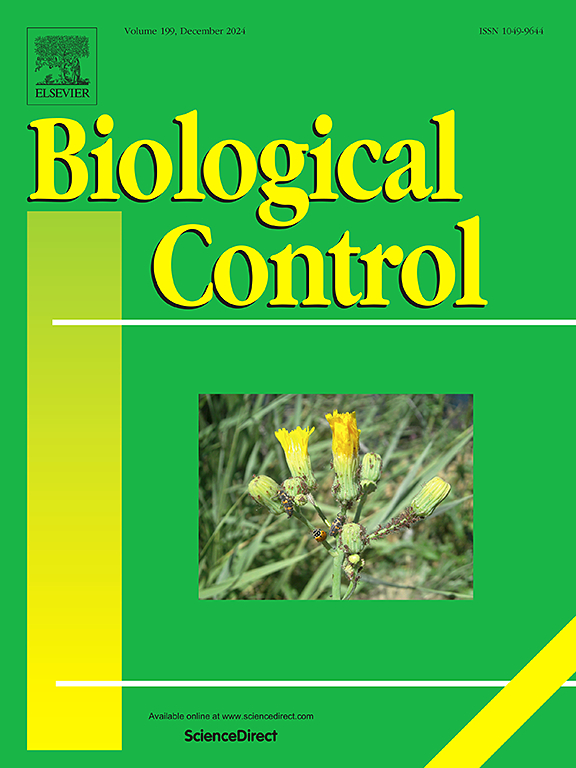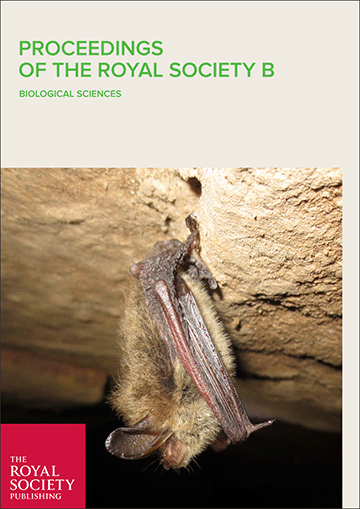Agarwood resin, produced by certain evergreen tree species native to Southeast Asia, is used for making incenses, medicines and fragrances. A precious commodity for centuries, it has a current market value of USD 32 billion, projected to reach USD 64 billion by 2029 (Ash and Nguyen 2020). However, high trading frequency has led to agarwood species being threatened with extinction in the wild. In response, the Government of Indonesia is promoting agarwood plantations to decrease overexploitation on wild agarwood trees. Under Indonesia’s Nationally Determined Contribution (NDC), the government has targeted the restoration of 14 million hectares (ha) of degraded land including 2 million ha of peatlands by 2030. In addition to restoring biophysical characteristics to recover ecosystem services, the government’s plan provides an opportunity to strengthen climate-resilient livelihoods for local farmers in Kalimantan. Here we review and assess the development of these plantations and the viability of agarwood as a commodity for climate-resilient livelihood options for peatland ecosystem-reliant communities. We found farmers using climate smart agroforestry approaches in planting agarwood, combining it with rubber and other tree species. Plantation-grown agarwood trees require artificial inducement to produce the valuable resinous substance known as ‘agarwood resin’ or simply ‘agarwood’. Local communities are facing major problems with artificial inoculation methods and application. Meanwhile, market potential and trade commerce administration need further development. Agroforestry systems that promote biodiversity by combining agarwood tree species with other non-timber forest products (NTFPs) could enhance local community livelihoods and increase the quality of the agarwood resin they produce.
Download:
DOI:
https://doi.org/10.17528/cifor/008260
Altmetric score:
Dimensions Citation Count:

























